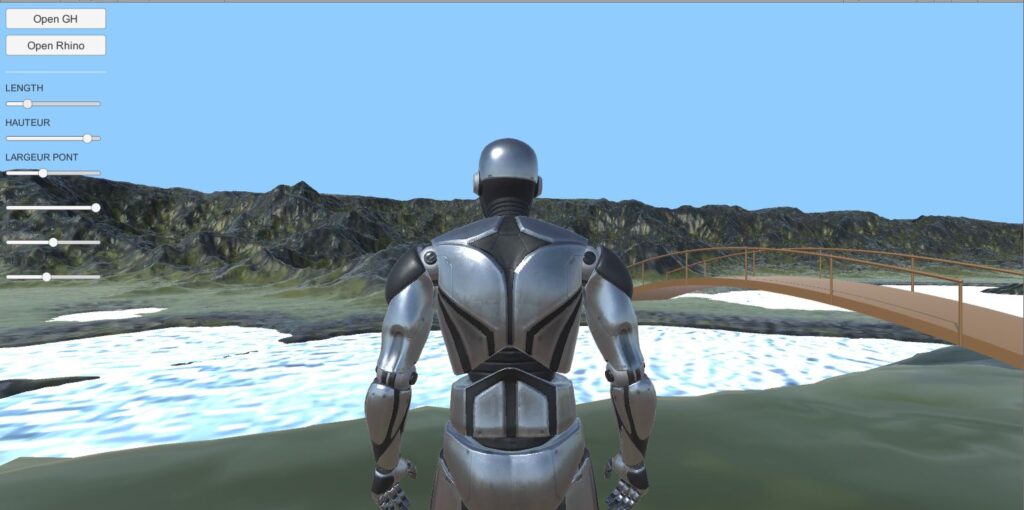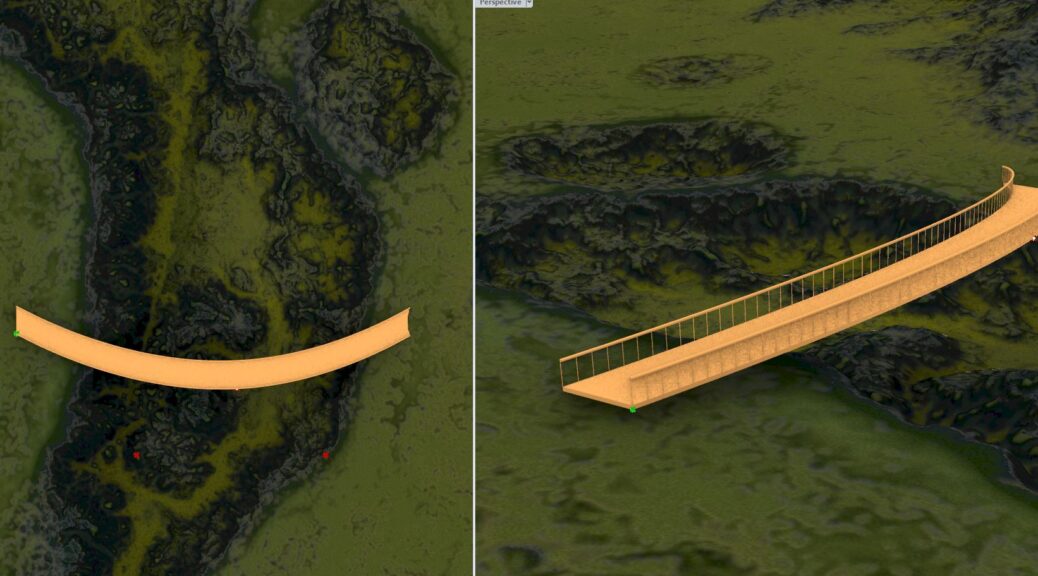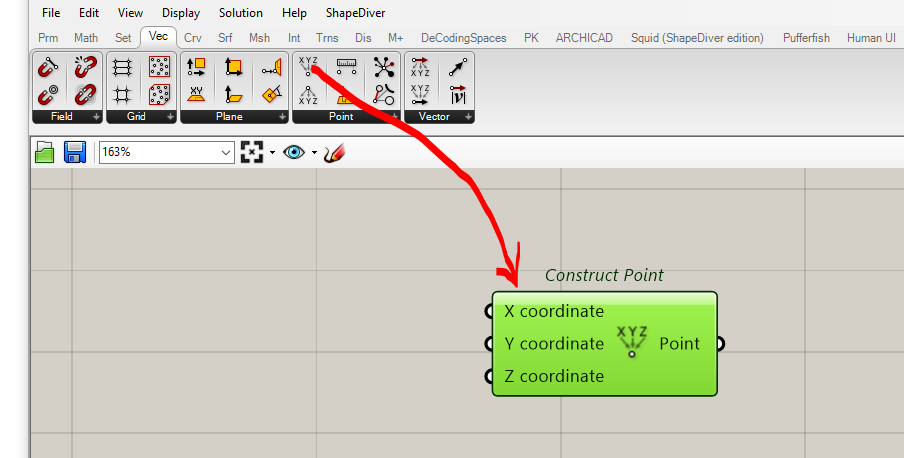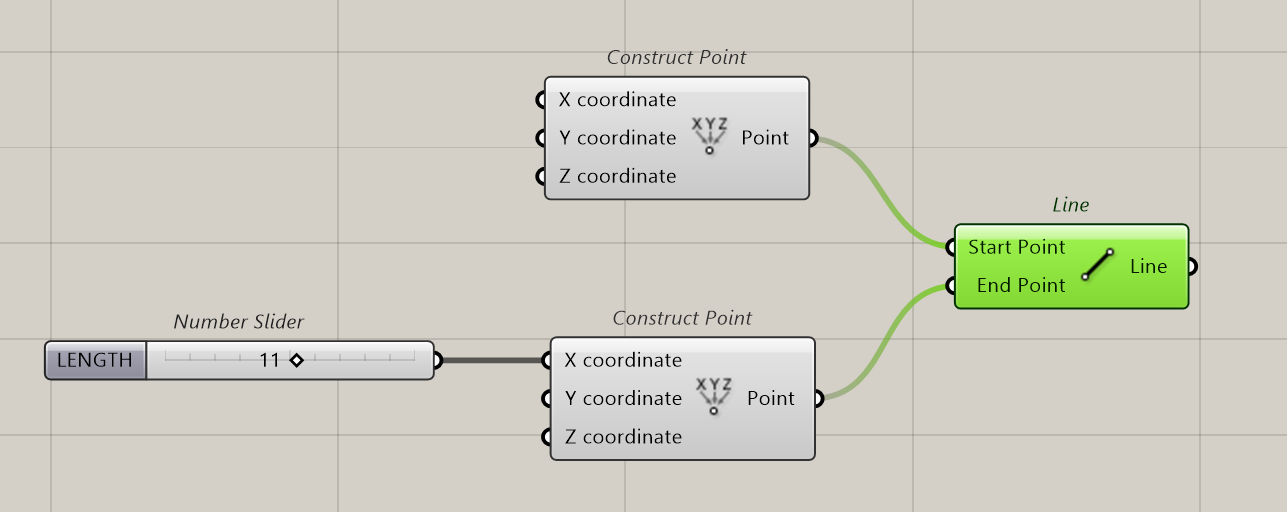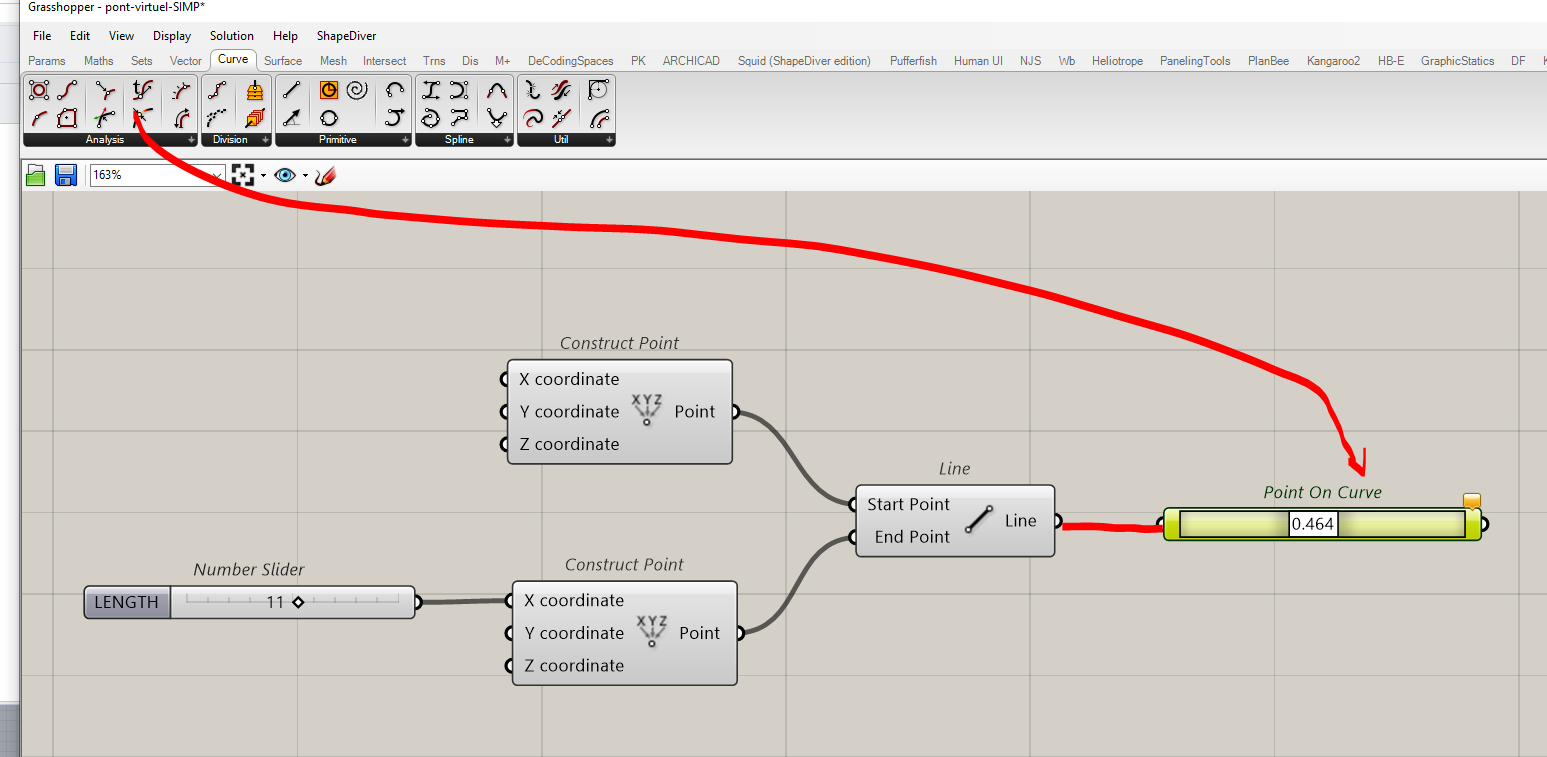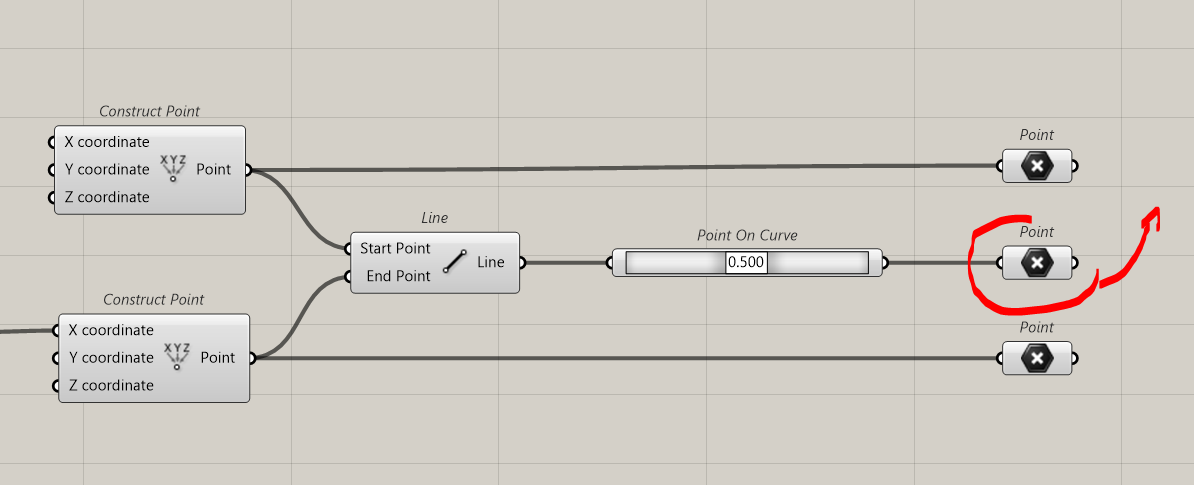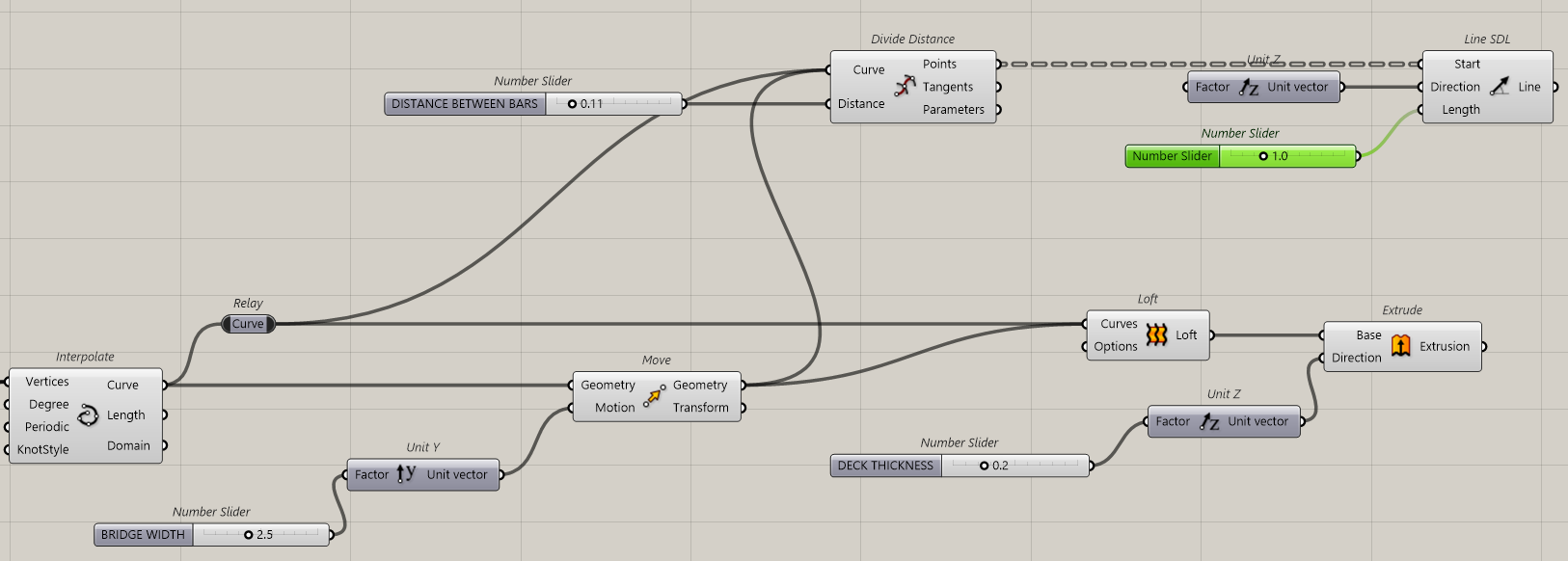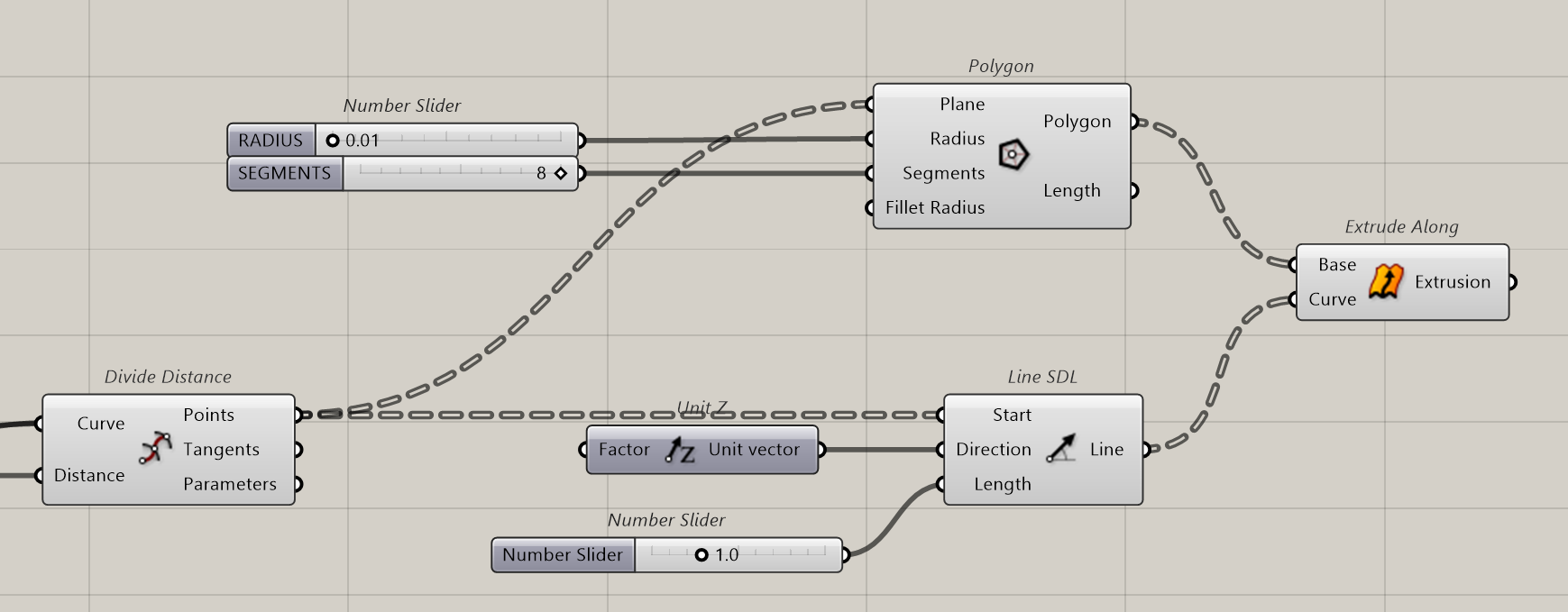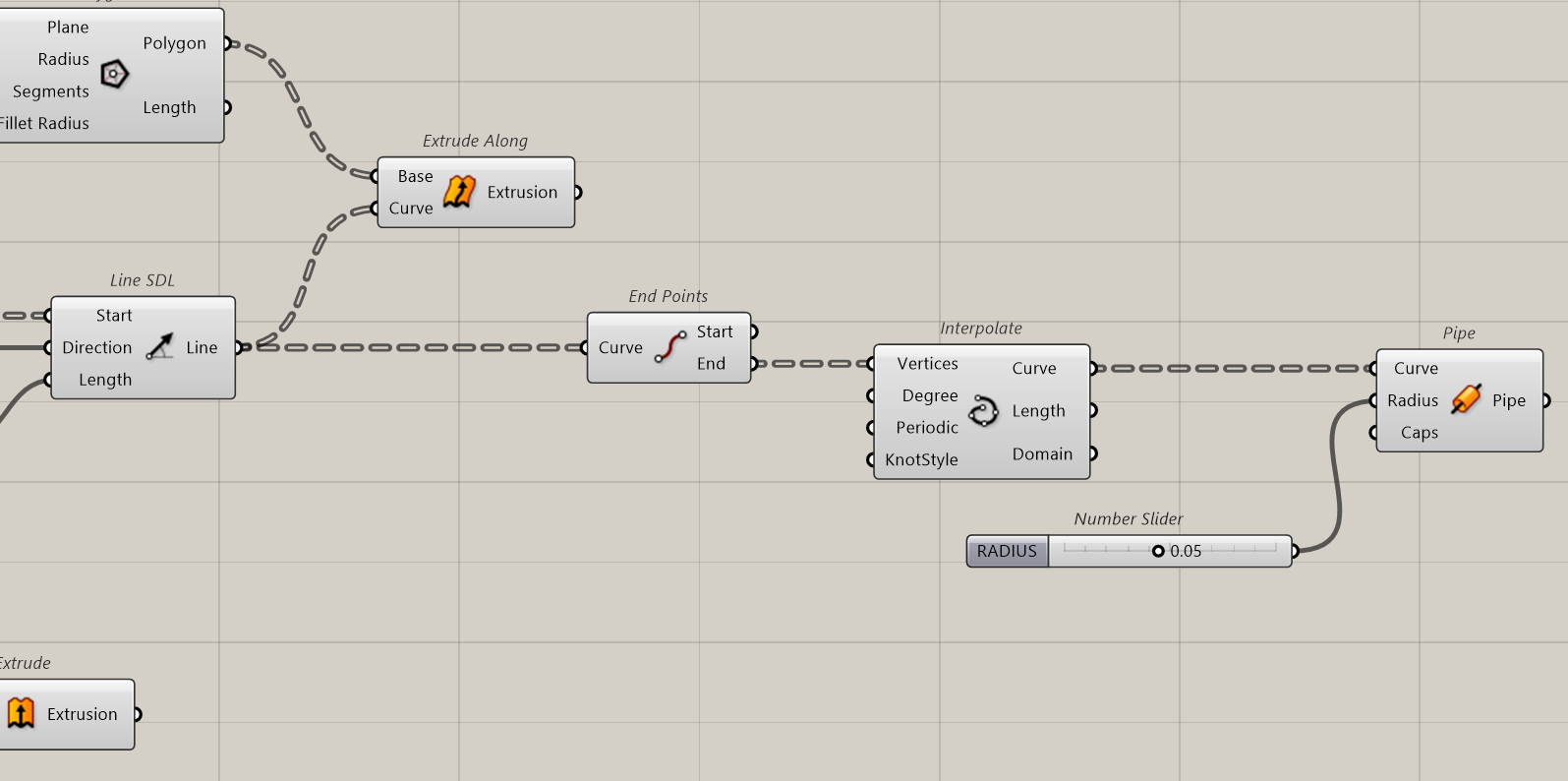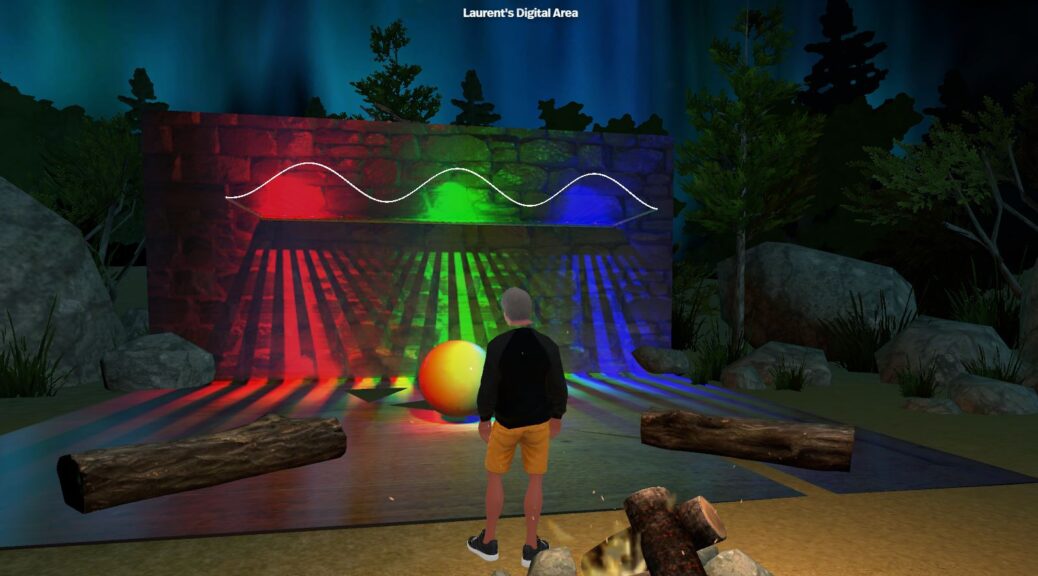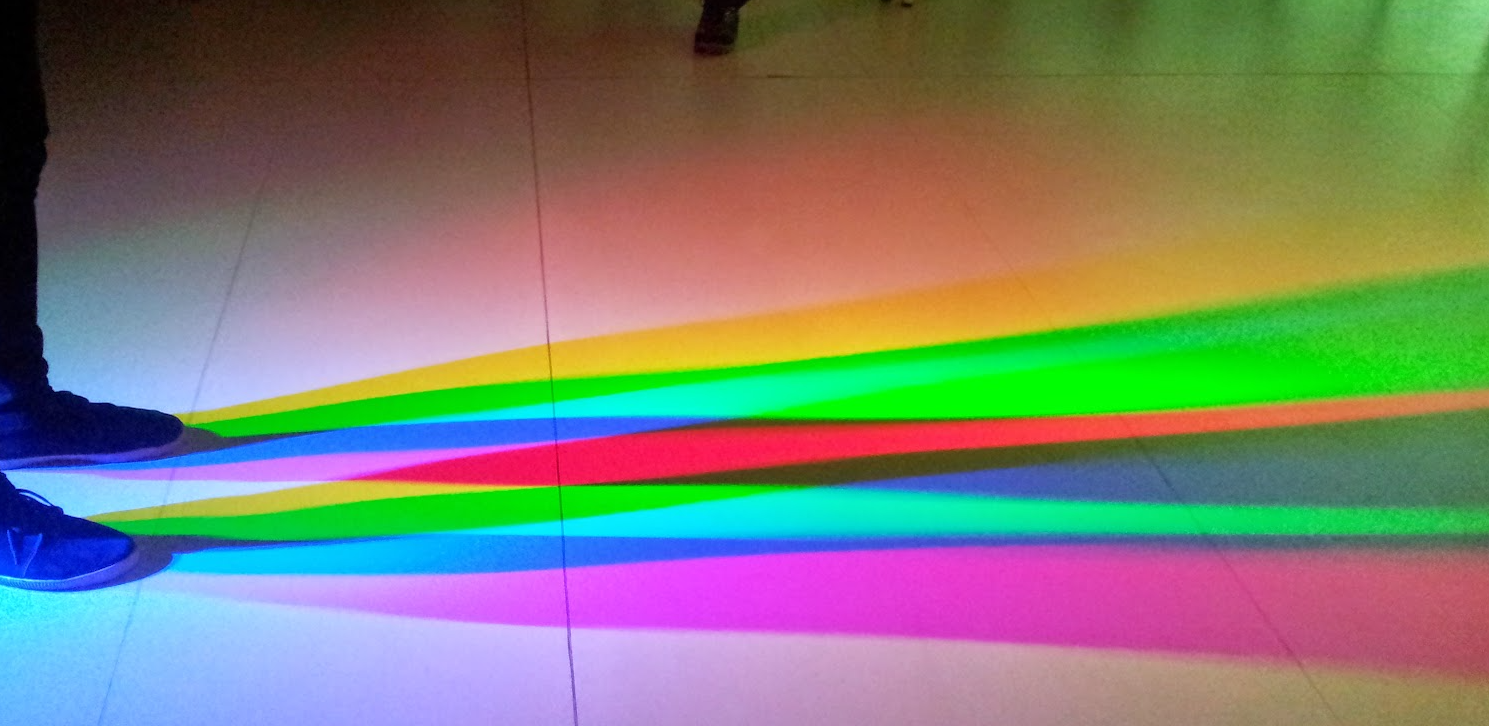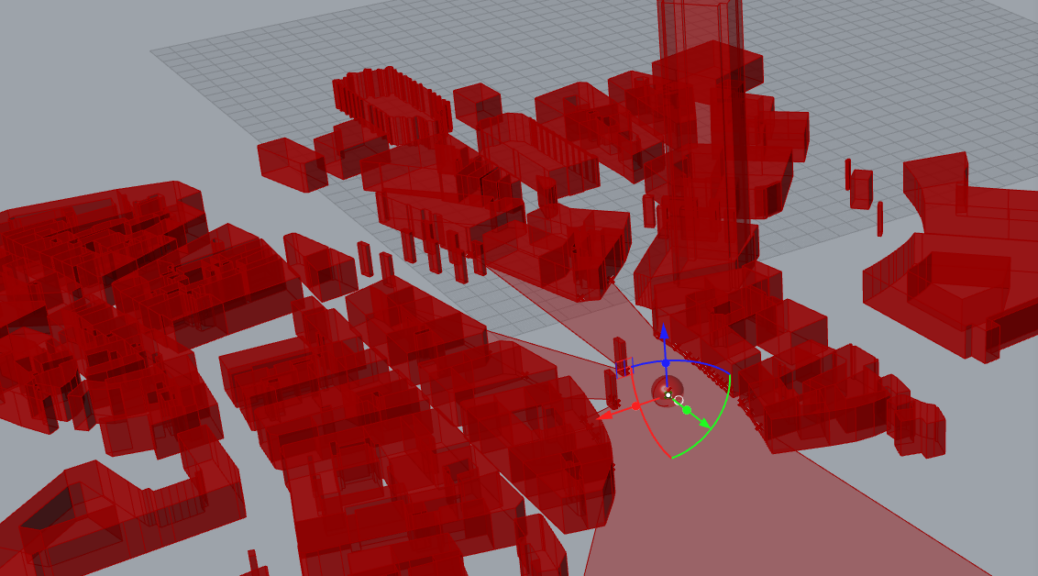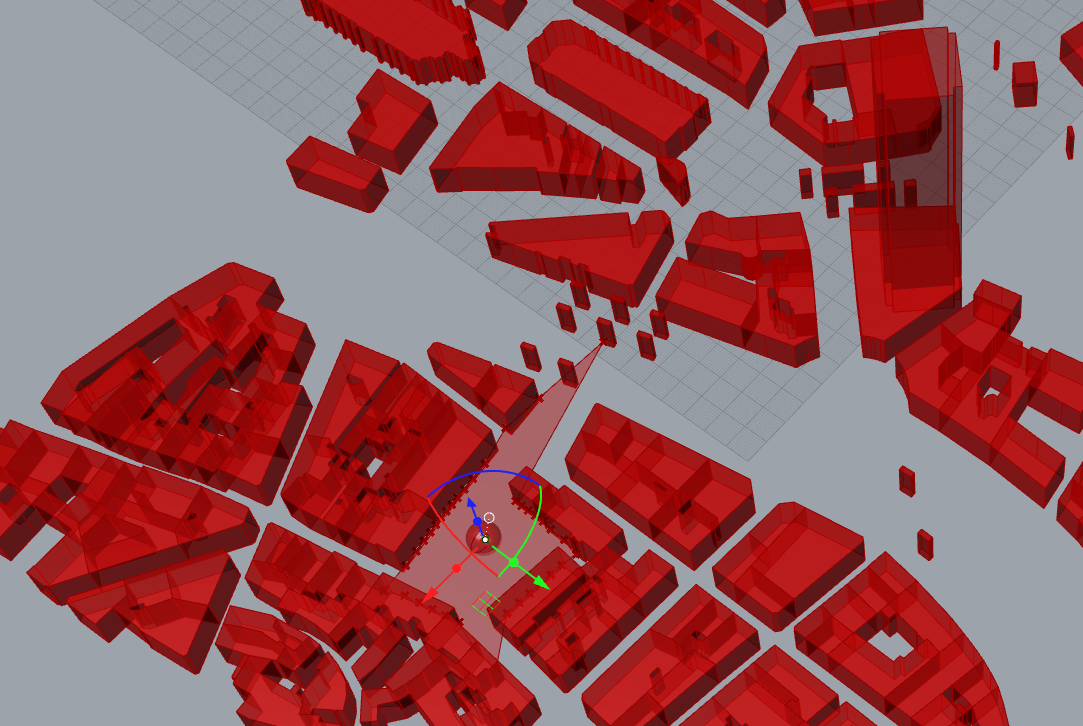The objective of this tutorial is to acquire fundamental knowledge of Grasshopper through a simple definition that employs various functions and components. The intention is to construct an entire bridge starting from a single point, which will be converted into lines, surfaces, volumes, and ultimately, a bridge. Since all the stages are parametric, it allows for endless possibilities to generate countless variations.
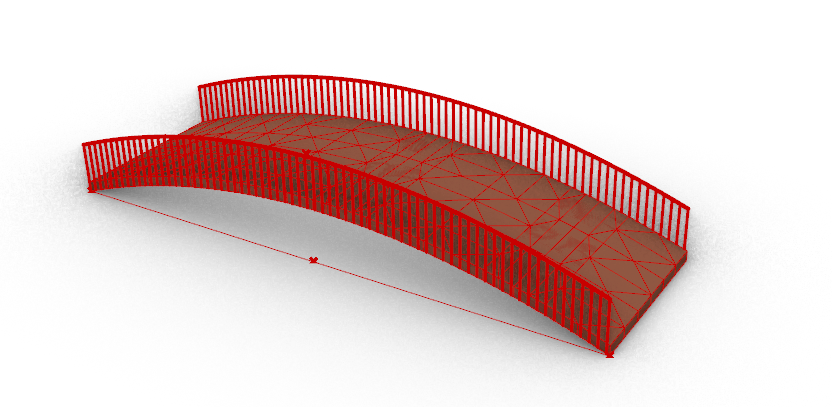
Bridge Length
Let’s start with a point set in {0,0,0}
The bridge will need 3 points, one to start, one to end, this will be the length of the bridge, and in between a point to design the curvature of the bridge. This point will be on the line drawn by the two others and will be able to move along the line and in height.
Now let’s create the point on the line
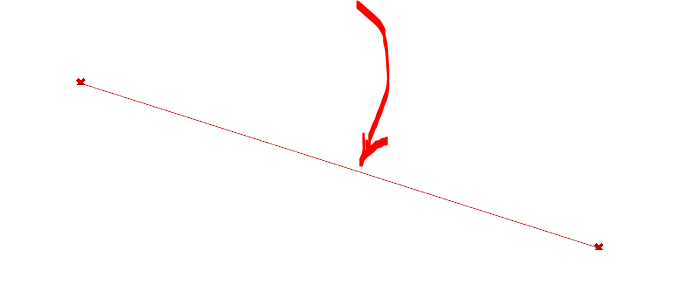
Add a Point on Curve
We have our 3 points.
Bridge height
The middle one will be raised create the arch. Then, a curve is created linking first, raised midpoint and last
Bridge width
The curve is copied horizontally to obtain the bridge width. This is done by moving the curve Y direction.
Add a Loft to create the bridge deck, Nota, the Relay is put to have a better presentation, create a Relay by double clicking on the Wire.
The bridge can have a thickness by extruding the loft surface.
Railings
Let’s first create the vertical bars that hold the handrail
Finish by transforming lines into solid objects. Here, extruded polygons are used, this is one solution among many. For the handrail, it’s also possible to use a Tube which is easier…but creates more polygons.
Handrail
Whole definition
The bridge at its first definition is done
Feedback
Kindly complete this form to provide feedback on this exercise.
Thank you
to Follow…inserting Parametric Bridge Into Unity.
